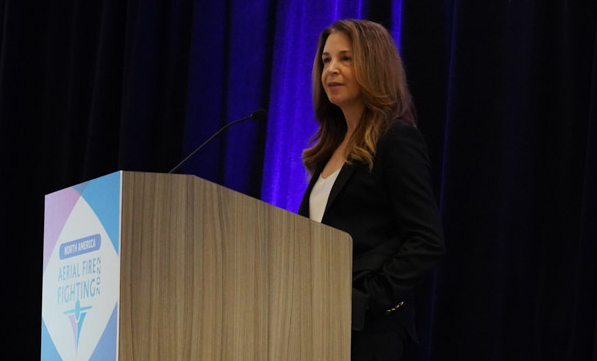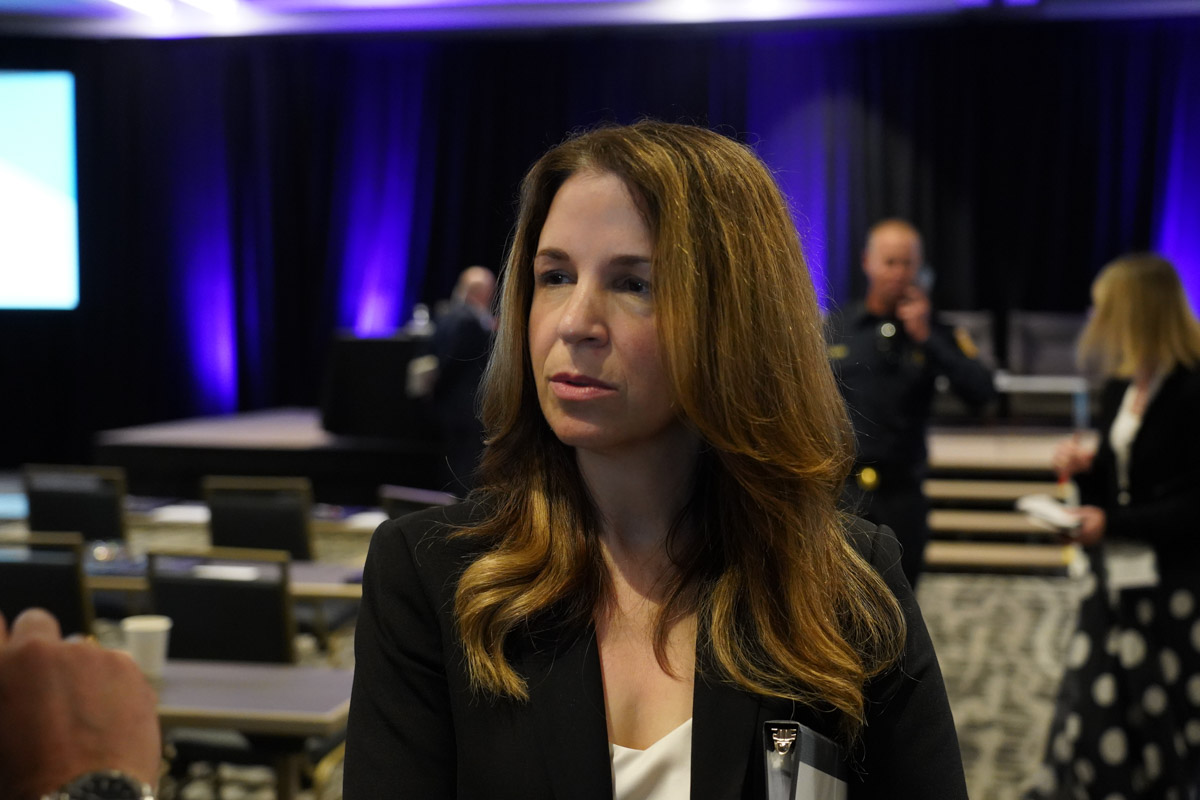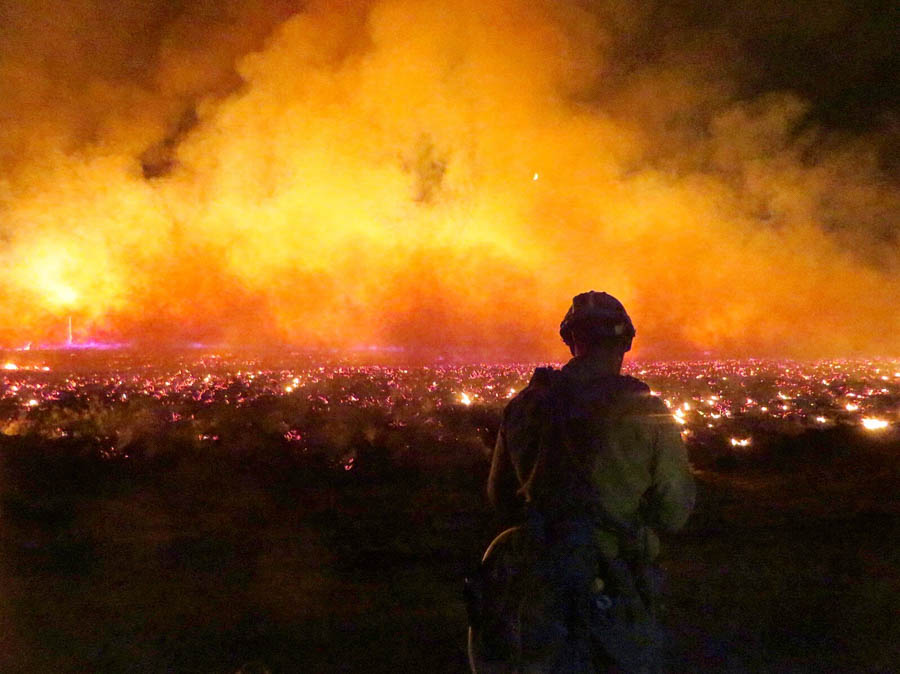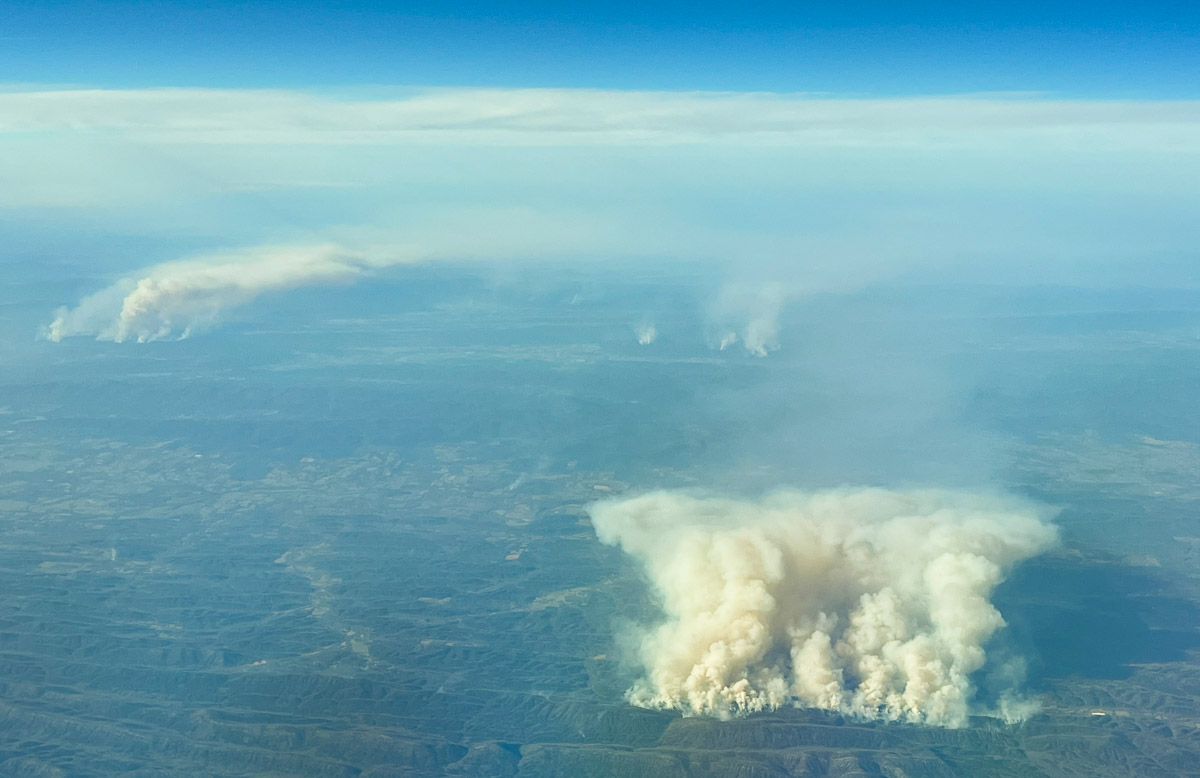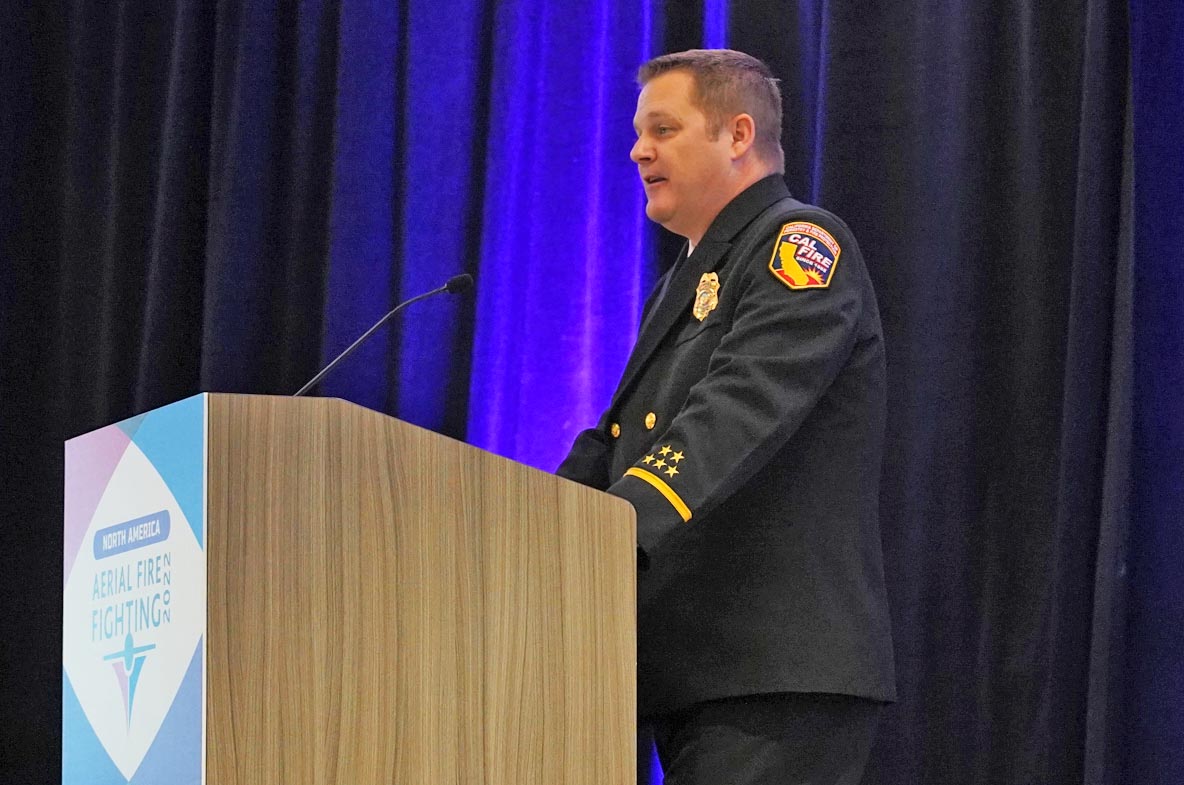
(This article was first published at Fire Aviation)
In his first interview since he started as the new Director of the California Department of Forestry and Fire Protection, Joe Tyler told Fire Aviation on Wednesday that the state of California could have up to 10 additional firefighting helicopters in 2022 to assist firefighters on the ground.
Director Tyler said the current approved budget enables CAL FIRE to issue 120-day exclusive use contracts, based on fire potential, for up to three large air tankers, eight Type 1 helicopters, two Type 2 helicopters, and two lead planes. That budget authority lasts until the end of the fiscal year on June 30, 2022 and the Director’s staff is working on implementing the option now. The Governor’s proposed budget for the following fiscal year beginning July 1, 2022 includes exclusive use contract funding over the next three years for 10 Type 1 helicopters, but that budget has not yet been passed by the legislature.
CAL FIRE also has access to a San Diego County Type one helicopter through a cooperative agreement.
These numbers are in addition to the 10 helicopters already operated by CAL FIRE.
Director Tyler told Fire Aviation that he was offered the Director position on March 3 and he started the next day. He is overseeing an appropriated budget of $3.7 billion and more than 9,600 civilian and uniformed staff who responded to more than half a million emergencies in 2021. His predecessor, Thom Porter, retired in December.
Director Tyler is a 31-year veteran of CAL FIRE and most recently served as the Deputy Director of Fire Protection, overseeing statewide fire protection operations and cooperative fire protection. He began his career with CAL FIRE in 1991 working in several counties and programs throughout California and has an extensive background in executive level operations and programs. Prior to his appointment as Deputy Director, Tyler served as the Assistant Deputy Director of Fire Protection with oversight of law enforcement/civil cost recovery, fire protection operations, aviation management, tactical air operations, and mobile equipment.
“It is my commitment to take care of our people,” Director Tyler said in the interview Wednesday. “The health and wellness of the people who work for us are of utmost importance. As I have said to our people, they are our greatest asset.”
Director Tyler said the incorporation of the seven former Coast Guard C-130 aircraft into the state’s air tanker fleet might be pushed back to 2024 due the pandemic/endemic and supply chain issues. This is in spite of the agency’s efforts in attempting to facilitate movement in the project. He said they had hoped to see some of the C-130s flying on fires this year. CAL FIRE is working with the Coast Guard, the Air Force, and the contractor who will install the retardant delivery system, Coulson Aviation.
“We have working groups that meet weekly between those groups to determine where we are at in status and we have executive steering committees that meet quarterly,” the Director said. “The last update that was just given to us in this last month, was that Coulson Aviation working with the United States Air Force and their engineers were going through the preliminary design review of the retardant delivery system and things were looking good to be able to continue to move forward.”

